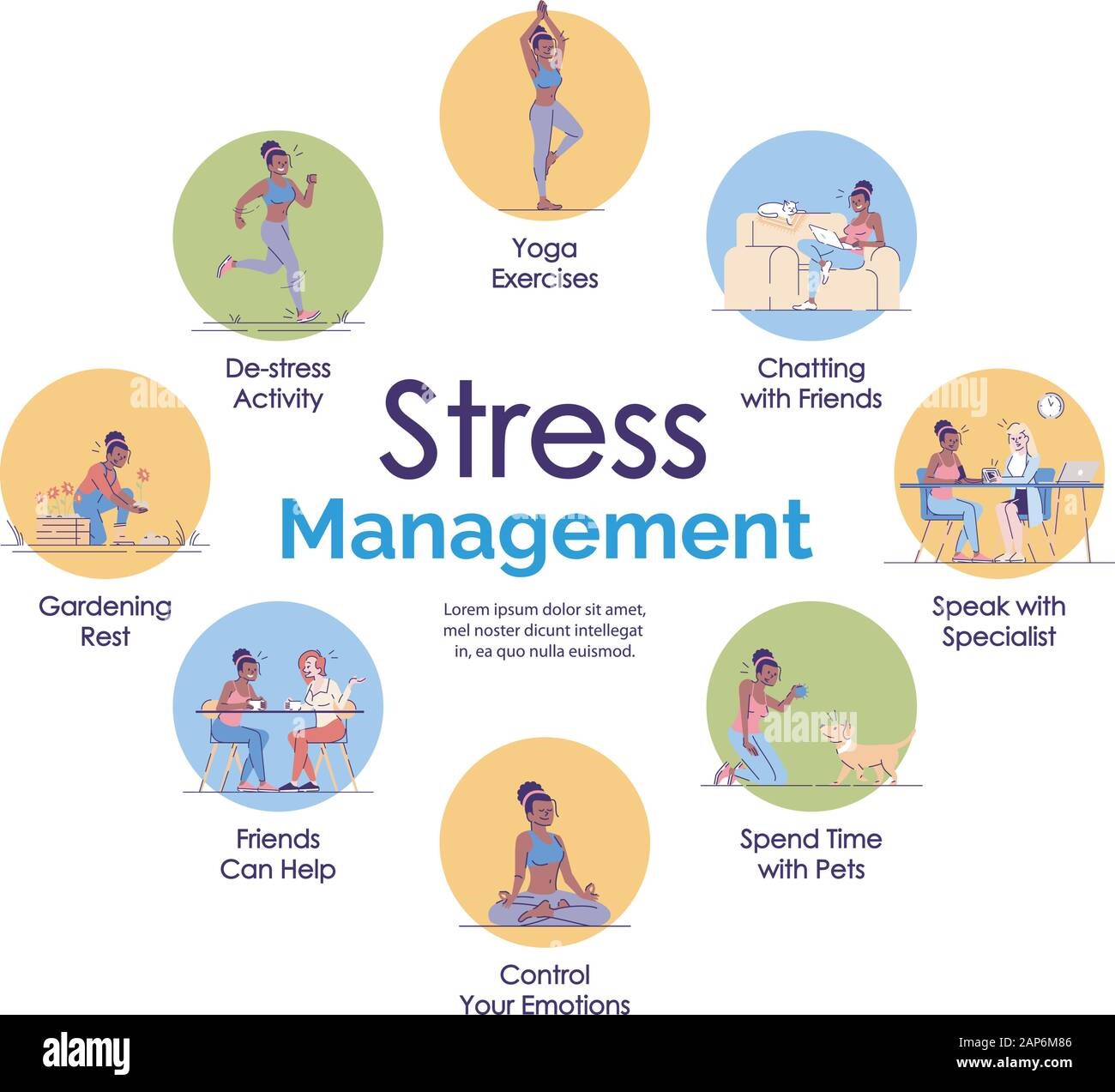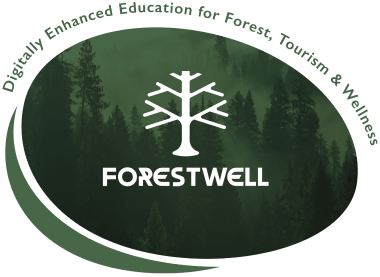Topic Progress..
Be Strategic!! Choosing locations involves assessing the ecological value, resilience to human activity, and potential for recovery and regeneration. Sites are selected based on their natural ability to support wellness activities without significant disruptions to the ecosystem.
Think Sustainably The chosen sites should align with long-term environmental sustainability goals, ensuring that activities contribute positively to the local ecology or at least leave no permanent impact.
Ensure successful integration with Landscape Location planning also considers aesthetic values and the natural layout, promoting seamless integration of facilities into the landscape to preserve its original character and beauty.
Have you considered all factors? Lets review! Before any development, a full environmental impact assessment is conducted to analyze the potential impacts of proposed activities and structures on the local environment. This includes
Native Flora Incorporation Introducing or enhancing the growth of native plant species within and around the wellness facilities to maintain ecological balances and support local wildlife.
Ecosystem Restoration Projects Undertaking projects to restore natural water bodies, recondition soils, and reintroduce native species to rehabilitate the natural environment actively.
Permaculture and Agroforestry Applying permaculture principles and agroforestry to create self-sustaining ecosystems that produce food and other resources for the facility while enhancing the site’s ecological value.
Think about Water Conservation, Sustainable Building Techniques, Energy Efficiency.
Water Conservation Implementing systems for rainwater harvesting, greywater reuse, and water-wise gardening to ensure sustainable water use that does not strain local water resources.
Sustainable Building Techniques Utilising construction methods and materials that are environmentally friendly, such as using rammed earth, straw bale, or green roofing, which provide natural insulation and reduce energy costs.
Energy Efficiency Designing buildings and spaces to maximize natural light and air flow to reduce the need for artificial heating, cooling, and lighting. Incorporating renewable energy systems
Consider implementing structures like bird nests, bat boxes, and bee habitats to support local wildlife populations.
Habitat Connectivity Designing facility layouts and activity zones to promote habitat connectivity, allowing animal movement and interaction within their ecosystems, which is crucial for maintaining biodiversity.
Invasive Species Management Regularly monitoring and controlling invasive species through natural or manual removal methods to protect native biodiversity and prevent ecosystem degradation.
Explore how different structures benefit specific wildlife species. What structures would be most beneficial in your area?
Learn about the most common invasive species in your region. What methods are most effective for their control?
Offsetting your carbon footprint Implementing carbon offset initiatives such as reforestation or community-based agroforestry projects that compensate for the carbon emissions generated by the activities and presence of the wellness facilities.
“The only way to reach global net zero by 2050 is for carbon offsetting to be done now.”
“Fail to prepare- prepare to fail”
Conduct detailed risk assessments that consider a wide array of potential hazards including terrain specifics like uneven ground or steep areas, prevalent wildlife, and variable weather conditions that could impact safety.
Establishing a schedule for regular review and updates of risk assessments to adapt to changes in the environment or activity structure, ensuring all potential risks are continuously managed can prevent disaster!
Performing activity-specific risk assessments to tailor safety protocols appropriately depending on the nature of each wellness program, such as higher intensity activities like adventure sports versus more tranquil practices like yoga.
Develop comprehensive emergency response plans that detail procedures for various scenarios, including accidents, health crises, and natural disasters. Plans specify roles and responsibilities, necessary actions, and communication strategies to be used during an emergency. Marking evacuation routes and installing safety signage throughout the facilities and activity areas to guide participants in case of an emergency. Establish strong links with nearby healthcare providers to ensure quick and efficient medical responses. This includes regular drills with staff and local emergency services to keep procedures streamlined and familiar.
Providing ongoing safety training for all staff, focusing on first aid, risk management, emergency response, and hazard recognition to handle potential risks adeptly. You should offer additional, practical, specialised training that addresses specific risks associated with certain environments or activities, such as wildlife handling, water safety for activities near or on water bodies, and high-altitude sickness prevention. Ensure all staff members are certified in first aid and CPR, along with any other necessary health and safety certifications pertinent to their roles.
Creating wellness programs that are flexible and can be easily adjusted to accommodate participants’ varying fitness levels, health statuses, and personal preferences. This includes having different intensity levels and alternative options available within the program.
Allowing participants to customise their experiences based on their physical abilities and interests to enhance comfort and enjoyment, thereby improving the overall effectiveness of the wellness outcomes. This will make your customers feel seen and heard, creating a space where they can come back time and time again for a unique and immersive experience.
Training instructors to be sensitive to the needs and limitations of participants, ensuring they can make necessary adjustments to programs in real-time.
Providing staff with training in mental health first aid to equip them with the skills necessary to offer initial support to participants experiencing mental distress and to recognise the signs of mental health issues early including stress and burnout! Incorporating stress reduction techniques into programs and training staff to help participants manage anxiety, stress, or emotional upheaval that may occur, especially in the more secluded or intensive nature of forest environments.
Offering resources such as counselling sessions, guided meditation, and relaxation areas as part of the wellness programs to support participants’ mental health actively.

It is important to initiate dialogue with local communities at the conceptualisation stage of your business to gather insights into their perspectives, needs, and reservations. This proactive approach helps in tailoring projects to be more community-oriented and culturally harmonious. As the business grows and shifts and changes you should stay in touch with the community, maintaining continuous engagement with community representatives throughout the project lifecycle to ensure their inputs and concerns are addressed promptly. This involves regular meetings, community feedback sessions, and public reporting on project progress and impacts.
Top Tip – Build trust and BE CLEAR
Developing trust through transparency with community members by openly sharing plans, potential impacts, and benefits of the wellness projects. This transparency helps mitigate suspicions and fosters a cooperative relationship.
Providing cultural sensitivity training for all staff, particularly those in direct contact with participants. Training focuses on local customs, traditions, and languages to enhance interaction with community members and participants. Equip staff with skills in conflict resolution and culturally sensitive communication to adeptly handle any cultural misunderstandings that might arise. Tailor training content to reflect the specific cultural nuances of each location where your business operates, ensuring staff understand and respect the unique cultural landscape of each community.
Implementing hiring practices that prioritise local residents for jobs, from wellness program guides to facility maintenance staff. This not only boosts local employment and economic benefits but also enhances the authenticity of the experience for participants.
Offering training and development programs that enhance the skills of local hires, ensuring they can meet job requirements and advance in their careers ensures a highly skilled local workforce. By employing locals, you can inject capital into the community, supporting family incomes and local businesses, which helps in creating sustainable economic growth.
Developing partnerships with local artisans, farmers, and producers to supply everything from construction materials and operational supplies to food and unique local crafts. This not only supports the local economy but also reduces carbon footprints associated with transportation emissions.
Encouraging economic circularity by reinvesting in the local economy, thereby strengthening community economic resilience and fostering interdependence between ForestWell and the community.
Featuring local products in your business, such as local cuisine in meals and local crafts in gift shops, to promote local culture and products to participants.
Celebrate the community that you have chosen to set up in! Allow them to participate in launch events, idea generation and research on new services. This will enhance social cohesion.
Conservation of Cultural Sites: Actively working to conserve and respect local cultural sites and heritage areas, integrating them respectfully into program offerings if appropriate, and ensuring that their cultural values are upheld.
Including educational content that highlights the cultural and historical significance of the natural environments where ForestWell operates, promoting a deeper appreciation and respect among participants for the local heritage.
Starting a new business, wellness or not, requires a myriad of permits and licenses, covering land use, construction, operations, and specific wellness activities. Securing these permits involves detailed applications that demonstrate adherence to local zoning laws, environmental protection statutes, and tourism operation standards.
Local and National Regulations: Each location may have unique requirements that need careful navigation. This includes securing building permits, operational licenses, and special permits for water use, waste disposal, and possibly wildlife interactions.
Continuous Compliance: Beyond initial acquisition, you should ensure ongoing compliance with all permit conditions, including regular renewals and audits, maintaining a proactive stance to adapt to any regulatory changes.
Implementing stringent measures to protect the privacy and personal data of participants, complying with laws such as the General Data Protection Regulation (GDPR) in Europe, which set the benchmark for data protection worldwide.
Ensuring fair labor practices involves adhering to local and international labor laws, providing fair wages, safe working conditions, and respecting workers’ rights to associate and organise. This commitment extends to prohibiting child labor, forced labor, and any form of workplace discrimination.
Adhering to environmental conservation laws, which may involve protections for certain trees, water bodies, and wildlife, ensuring that ForestWell’s activities do not disrupt local ecosystems.
Following environmental laws related to sustainable building practices, which include the use of eco-friendly materials and construction methods that minimise environmental impact.
Respecting Local Cultural Norms: Ensuring compliance involves respecting and protecting local cultural norms and heritage, which includes not only compliance with legal protections for archaeological and cultural sites but also engaging with local communities to honor and integrate traditional practices.
Heritage Site Compliance: Particularly for projects near or within UNESCO World Heritage sites, strict compliance with international and national laws protecting these sites is critical, ensuring that operations do not harm the cultural or historical significance of these locations.
By rigorously adhering to these regulatory and ethical standards, ForestWell ensures that its operations are legally compliant, ethically sound, and environmentally sustainable. This comprehensive approach not only minimises legal risks and protects the company’s reputation but also contributes to the broader goal of sustainable development in the regions where it operates, enhancing the well-being of both the local communities and the ecosystems they inhabit.
